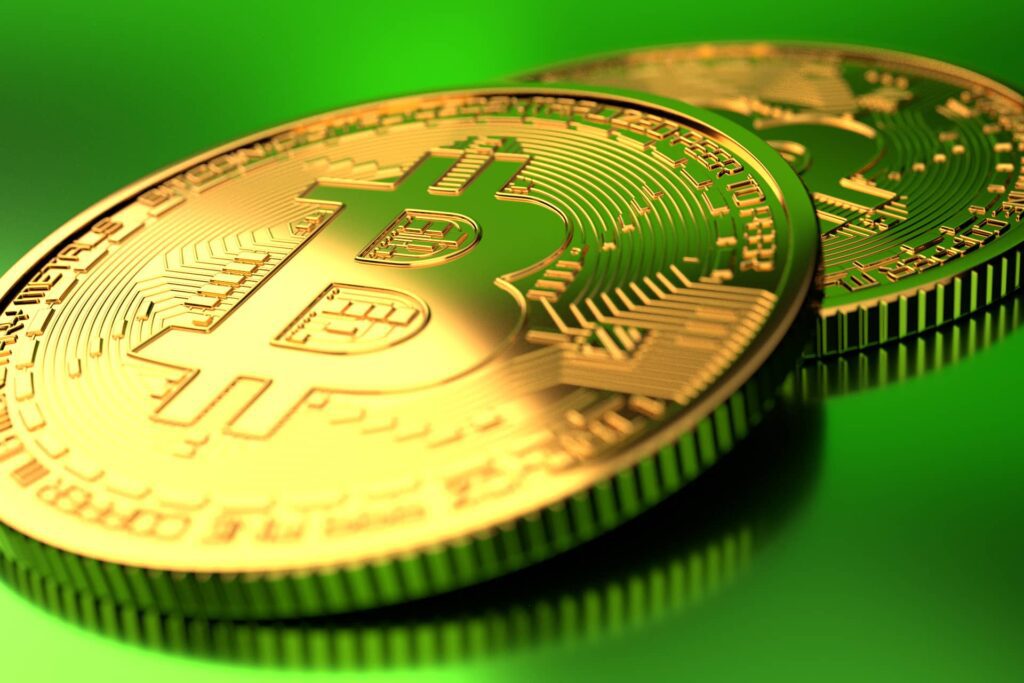
Oil Prices Are Now More Volatile Than Bitcoin
When oil prices become worse than either of the world’s most significant and unpredictable assets, bitcoin, you realize they’ve gone downhill. There are many Cryptocurrency used for oil trading that are known for their severe fluctuations. On the other hand, oil has earned this unfortunate title after seeing price volatility that outstrips even the most popular currency. In February, the realized, or historic, market volatility of WTI oil was 105.3 percent. As per Skew Markets, blockchain’s price movement has dropped by 42.3 percent, the most significant drop since before October.
Price movement is a measurement of how markets have fluctuated over time, measured as the confidence interval of everyday price fluctuations from the front implied vol over a predefined time frame. In annualized terms, the measure is given as a proportion.

Volatility is increasing.
The price movement of a commodity, on the other hand, somehow doesn’t indicate the way of price fluctuations; instead, it indicates how far a security’s price patterns deviate from the baseline. As a result, it’s not a leap to claim that raw oil’s instability has now surpassed that of bitcoin. Even during the analysis period, WTI’s price movement jumped between 38.7% and 119.6% until early December, whereas the S&P 500’s intraday realized variance jumped to 15.6% in the final week of January.
On the other hand, BTC saw its unpredictability drop from 66 percent to 42 percent, which is understandable considering that BTC benefits from “rush to security” transactions. However, don’t sell existing precious metal assets to acquire Bitcoin just yet. Although it has decreasing instability, bitcoin is far more unstable than precious metals, which have long been considered one of the most reliable and safe investments.
Gold’s price movement increased to 18% in early December after reverting to 10% in mid-February. Even at their most volatile, precious metals have become less volatile than bitcoin, demonstrating that even the most famous cryptocurrency has a long way to go before seizing the safe harbor title from metal. During the recent economic pullback, BTC has refused to honor that duty satisfactorily. BTC fell over 5% after Monday’s market crash, on a day when the S&P 500 plummeted 3.5 percent, the more comprehensive index’s most significant one-day drop since September 2019. That decline also wasn’t an outlier for BTC.
Several times during the first two months of the year, the stock experienced session drops of more than 3%. Physical gold fell 1.5 percent to around $1,650/oz, up 5.1 percent over the previous thirty days.

Coronavirus Pandemonium
So, as you’d have figured already, this coronavirus outbreak is primarily to blame again for the steep rise in petroleum product instability. The pandemic has put a monkey wrench in the international stock system, with the raw price of oil being regularly royally shafted by a chain of events. For example, when America conducted a retaliation strike on an Iranian army compound in Syria, murdering a prominent army leader and introducing significant diplomatic anxiety into the market, oil WTI prices shot up almost 10% in a few days. Regrettably, Authorities ended the surge prematurely once the first reports of a coronavirus epidemic in China were released.
On Monday, the oil price finally entered backcountry camping after suffering the worst session in more than a month due to increased coronavirus concerns. As a result, WTI oil in the United States fell more than 5%, reaching $50.45 per barrel at the period low. Speculators feared a subsequent downturn in globalized trade would further erode petroleum consumption.
Since Saudi Aramco CEO Amin Nasser supposedly said the coronavirus effect would be “immediate,” price levels bounced back slightly from the downtrend, settling at $51.43 for every bottle, the biggest upset even though Jan. 8–prices did manage to mildly recoup from the downtrend to resolve at $51.43 per canister, one of the worst even though Jan. 8–prices managed to slightly recoup from lows to resolve at $51.43 for each nozzle, the toughest as of Jan. 8. According to Nasser, Aramco employees have not been removed from China. Within energy markets, there is a lot of concern about whether or not Authorities will fully contain the epidemic.

Conclusion
While Aramco executives believe the issue will stabilize in the second period of each year, some think the situation is still precarious and that the infection could resurface once Chinese people return to school and work. Oil trading has unexpectedly become (fantastic, for sure) the unpredictability that renders it as fascinating as cryptocurrency, based on Monday’s colossal pullback.







